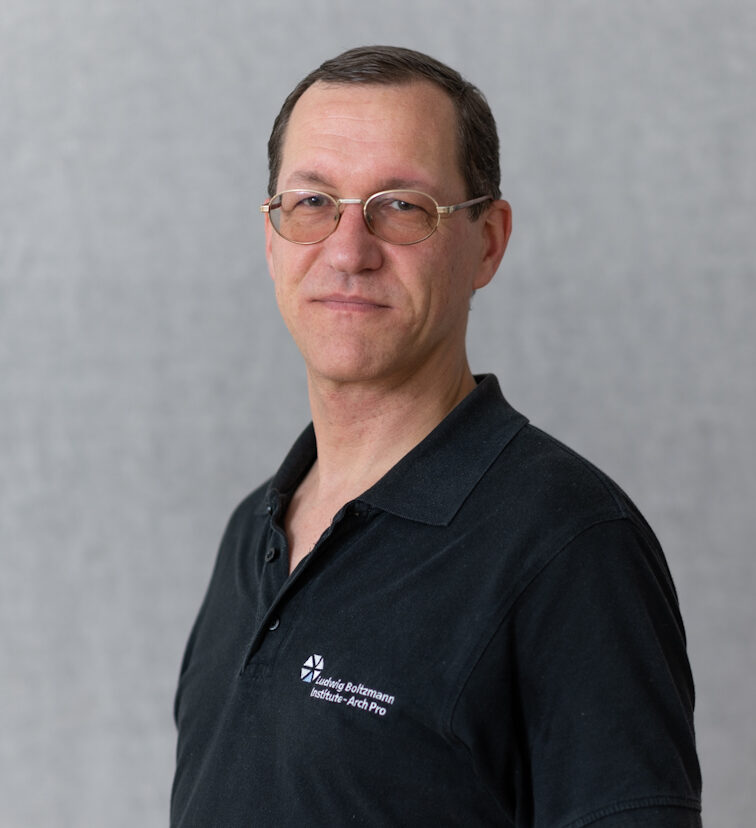Reconstruction & Simulation
Archaeological sites or landscapes represent the remains of past dynamic systems. Reconstruction models represent certain states of the past dynamic systems, whereas the simulation represents changes within the systems over time.
Reconstruction
VR modelling and reconstructions of past archaeological scenes and landscapes possess a great potential for dissemination and improved scientific analysis and understanding of prehistoric people, their living conditions and of the environments they populated.
A focus of this research area is the development of transparent and comprehensive workflows to produce architectural and landscape reconstruction models in direct relation to the prospection data. These models are developed in a way that the basic background data, analogies, and assumptions are referenced, and respective uncertainties are modelled and visualized. Several virtual reconstructions have been realised together with partners institutions such as 7reasons to be used for public presentations on scientific events using VR glasses or for media projects like major TV productions and exhibitions e.g., at the Keltendorf Schwarzenbach in Lower Austria. The persuasive power of realistic VR reconstructions of archaeological places is of greatly underrated importance for promoting the wider acceptance of non-invasive archaeological prospection methods, both amongst professionals as well as amongst stakeholders and the public.

Simulation
Based on accurate VR models of current archaeological landscapes and site scenes, it becomes possible to scientifically investigate the events that led to the current situation as well as to explore the underlying past archaeological structures and architecture, whose traces have been recorded by the non-invasive prospection methods or unearthed during traditional archaeological excavations. Thus the simulation of archaeological landscapes through time becomes feasible and attractive within virtuality.
At the LBI ArchPro a specific focus is set on the integration of architectural and landscape models into the software Stellarium which is able to simulate the sky through time for archaeoastronomical studies.
LBI ArchPro’s Georg Zotti is co-developer of the popular Stellarium open-source desktop planetarium. This sky simulation engine had been enhanced earlier by a 3D foreground walkthrough simulation dedicated for research in archaeoastronomy (simulating the sky over past landscapes in combination with human-made structures like monument walls). Stellarium is internationally used for astronomical teaching, outreach, and its features include the possibility to represent constellations and star names from other, non-Western cultures. This makes it the most popular tool for dissemination of ethnoastronomical research.
Stellarium’s quarterly releases are downloaded by approx. 270.000-700.000 users, mostly by amateur astronomers, but also by peer researchers of cultural astronomy for which this program has become a standard tool.
Stellarium Facts 2023
- Release version 1.0 October 2022
- Downloads 1,365 Mio.
- Current release 23.1

